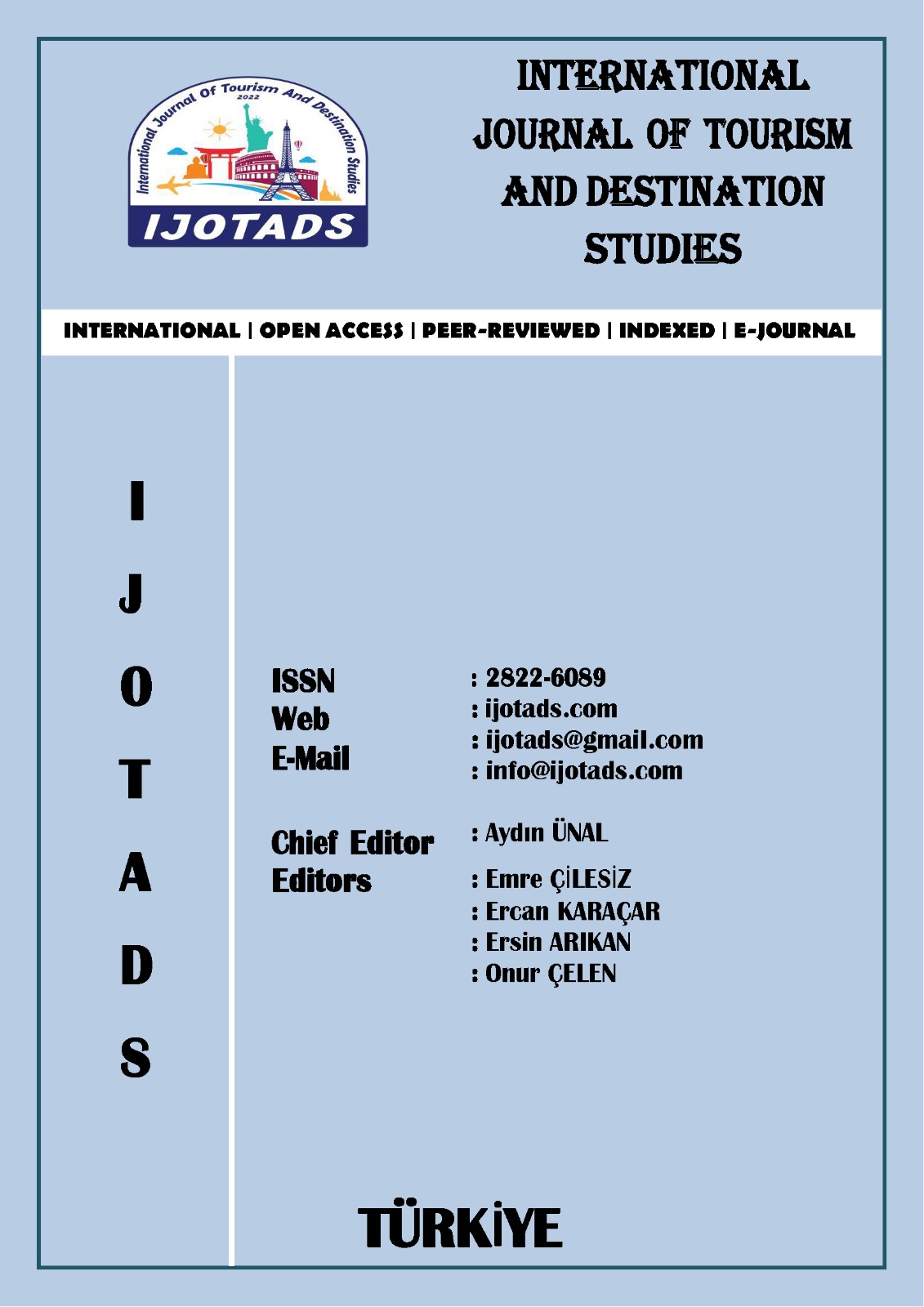Amasya Mutfağında Yer Alan Hamur İşlerinin Duyusal Analiz Kapsamında Değerlendirilmesi: Bir Tat Analizi
Author :
Abstract
Bu araştırma, Amasya mutfağında yer alan coğrafi işaretli üç hamur işi ürününün (Amasya Çöreği, Burmalı Amasya Çöreği ve Amasya Yağlısı) duyusal analiz kapsamında değerlendirilmesini içermektedir. Araştırmanın amacı, bu ürünlerin tat, koku, doku, görüntü ve genel kabul edilebilirlik gibi duyusal parametreler açısından lezzet profillerini belirlemektir. Duyusal değerlendirmeler, 19 yarı eğitimli panelist ile yapılmış, ürünler kör tadım ve ters kodlama yöntemleriyle değerlendirilmiştir. Elde edilen veriler, istatistiki program ile analiz edilmiş, anlamlı farkların belirlenmesinde Wilcoxon ve Friedman testleri kullanılmıştır. Araştırma bulgularına göre, Amasya Yağlısı, tüm duyusal kriterlerde en yüksek ortalama puanları alarak, panelistler tarafından en beğenilen ürün olmuştur. Amasya Çöreği ve Burmalı Amasya Çöreği ise orta düzeyde beğeni almış, ancak Amasya Yağlısı ile karşılaştırıldığında daha düşük değerlere sahip olduğu ortaya çıkmıştır. Bu bulgular, Amasya mutfağına özgü hamur işleri ürünlerinin duyusal niteliklerinin tüketici beğenisini belirleyerek, ürünlerin kalite iyileştirme çalışmaları için bir temel sağlamaktadır. Ayrıca, duyusal analiz yöntemlerinin geleneksel ürünlerin tüketici algısını anlamada ve ürün iyileştirme süreçlerinde nasıl kullanılabileceğini somut bir örnekle göstermektedir.
Keywords
Abstract
This study involves the sensory evaluation of three geographically indicated pastry products from Amasya cuisine: Amasya Çöreği, Burmalı Amasya Çöreği, and Amasya Yağlısı. The aim of the research is to determine the flavor profiles of these products in terms of sensory parameters such as taste, fragrance, texture, appearance, and overall acceptability. Sensory assessments were conducted with 19 semi-trained panelists, and the products were evaluated using blind tasting and reverse coding methods. The collected data were analyzed using a statistical software program, with the Wilcoxon and Friedman tests applied to identify significant differences. According to the findings, Amasya Yağlısı received the highest average scores across all sensory criteria, making it the most preferred product among the panelists. Amasya Çöreği and Burmalı Amasya Çöreği received moderate levels of appreciation; however, their scores were lower in comparison to Amasya Yağlısı. These results provide a foundation for quality improvement efforts by identifying the sensory attributes that influence consumer preference for traditional pastries from the Amasya region. Furthermore, the study demonstrates how sensory analysis methods can be effectively utilized to understand consumer perception and guide the enhancement of traditional food products.





